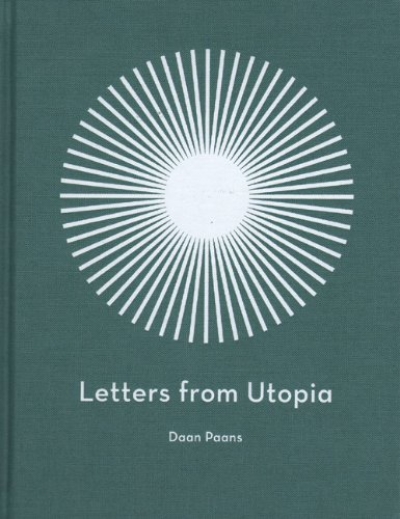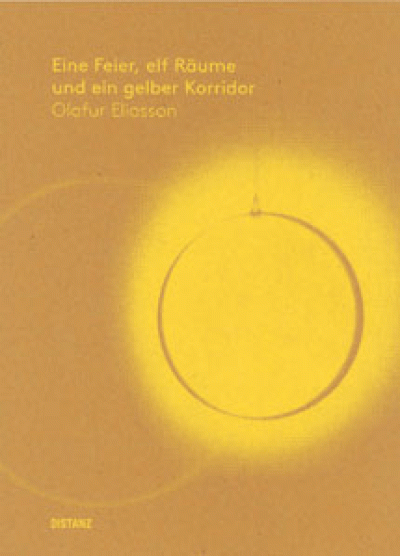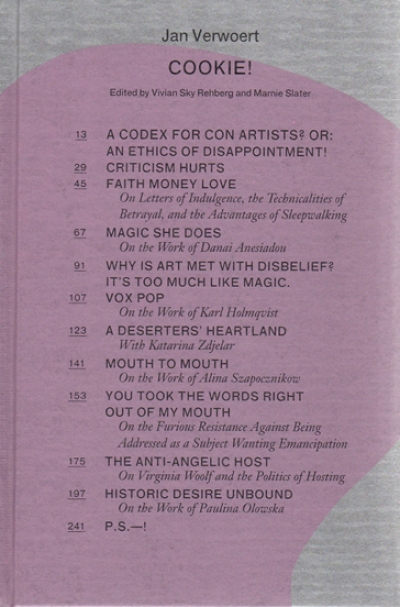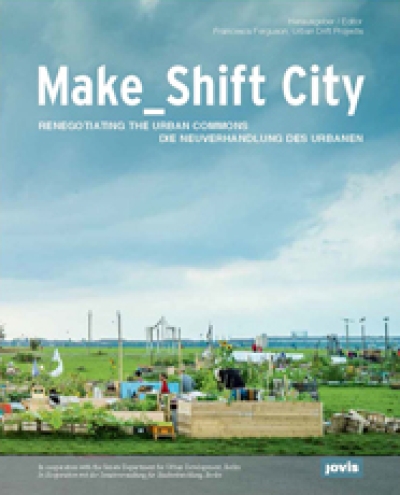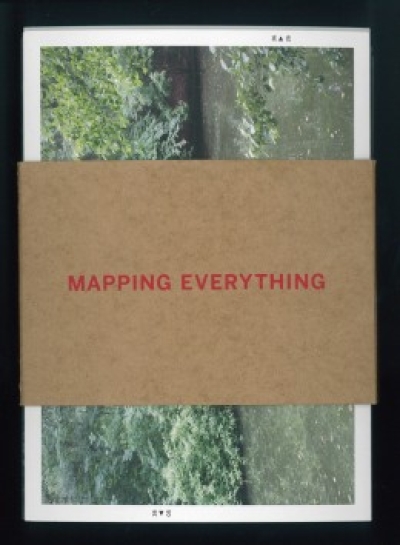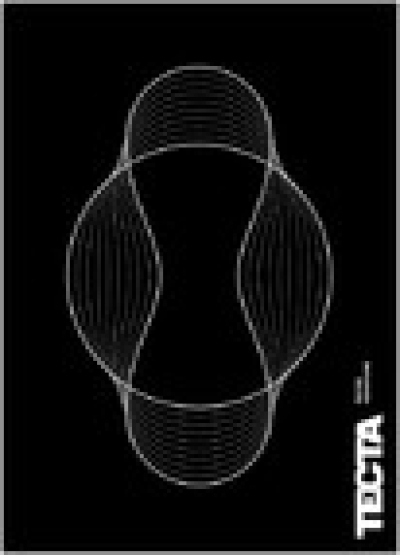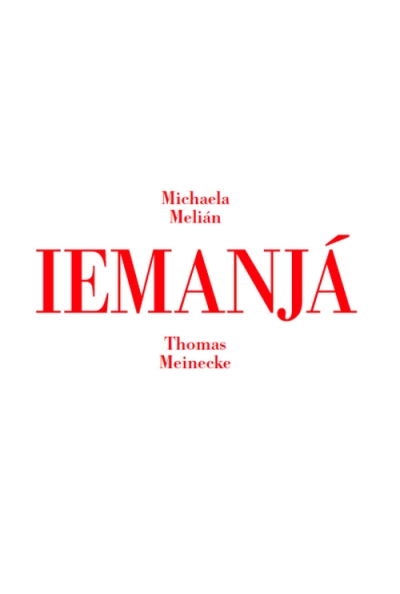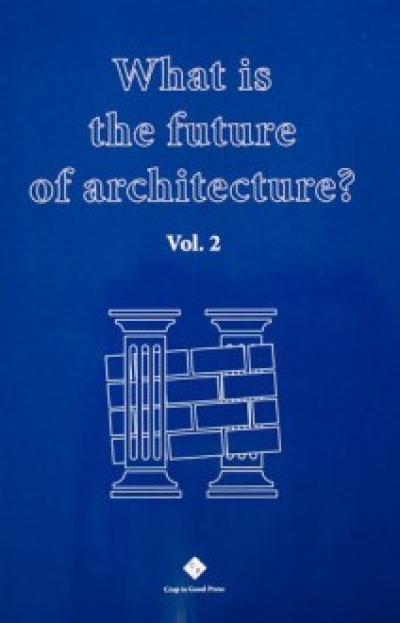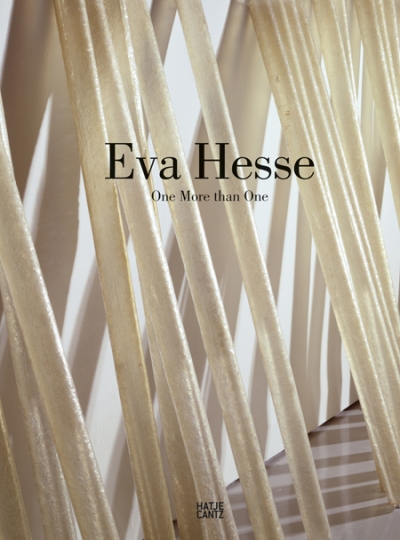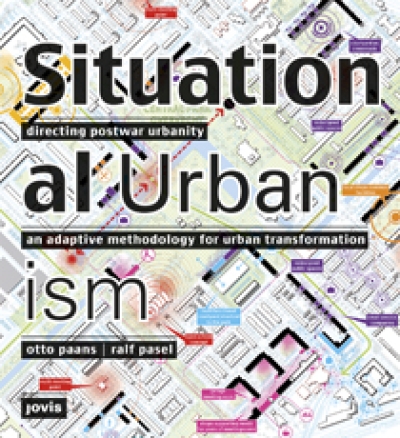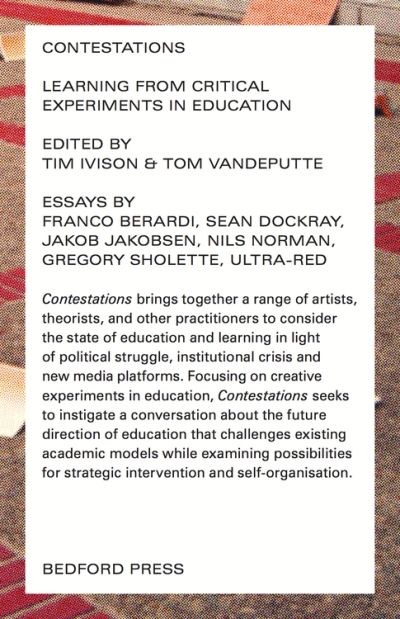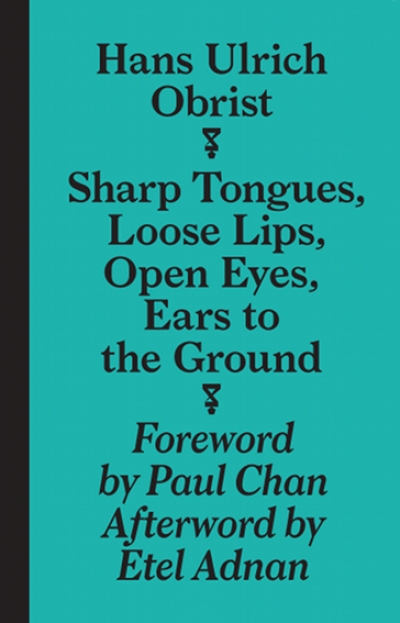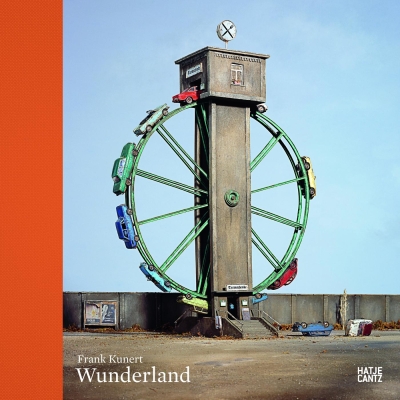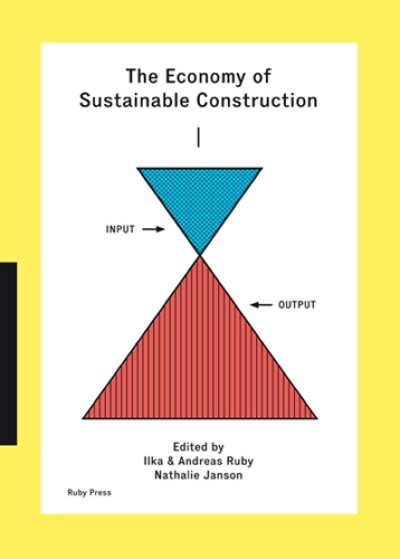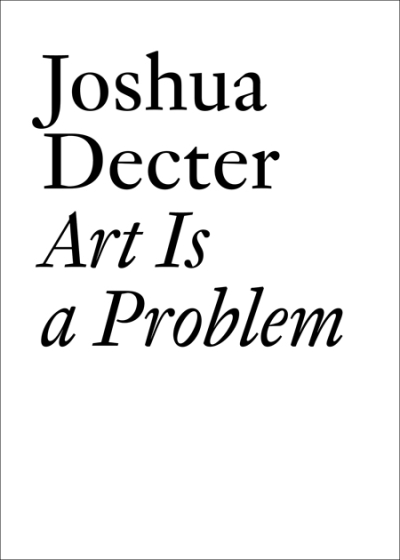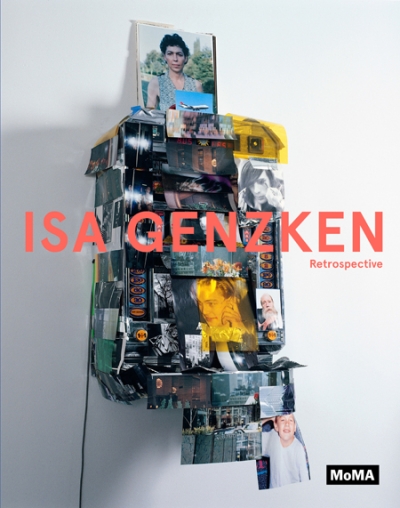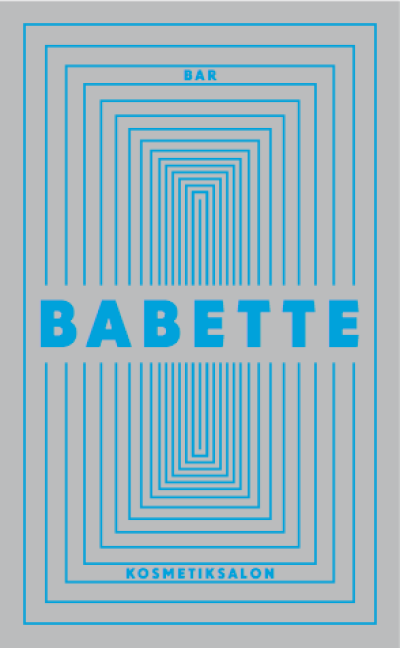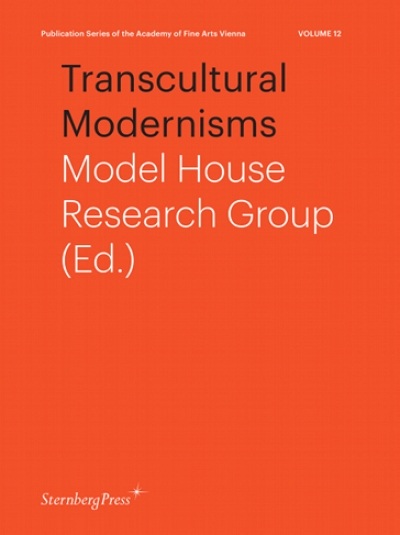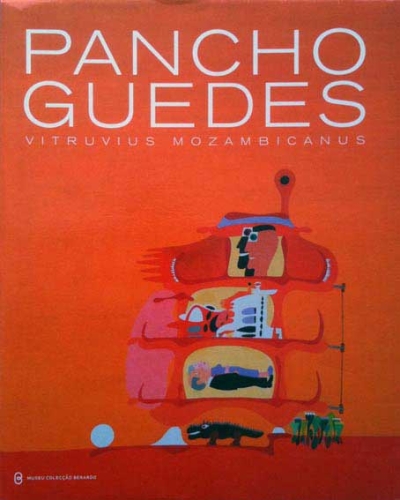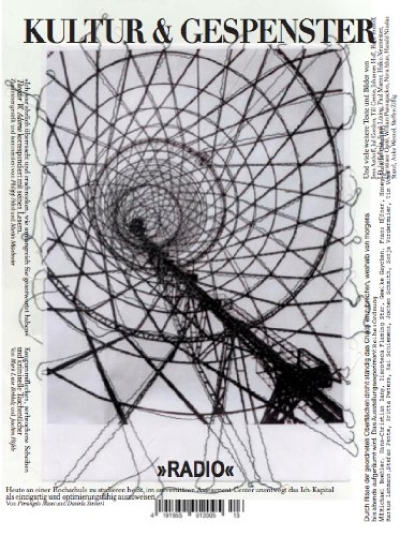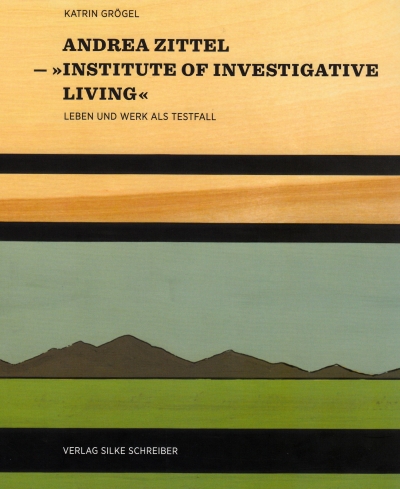
Toward a Minor Architecture
Architecture can no longer limit itself to the art of making buildings; it must also invent the politics of taking them apart. This is Jill Stoner's premise for a minor architecture. Her architect's eye tracks differently from most, drawn not to the lauded and iconic but to what she calls "the landscape of our constructed mistakes"--metropolitan hinterlands rife with failed and foreclosed developments, undersubscribed office parks, chain hotels, and abandoned malls. These graveyards of capital, Stoner asserts, may be stripped of their excess and become sites of strategic spatial operations. But first we must dissect and dismantle prevalent architectural mythologies that brought them into being--western obsessions with interiority, with the autonomy of the building-object, with the architect's mantle of celebrity, and with the idea of nature as that which is "other" than the built metropolis. These four myths form the warp of the book. Drawing on the literary theory of Gilles Deleuze and Felix Guattari, Stoner suggests that minor architectures, like minor literatures, emerge from the bottoms of power structures and within the language of those structures. Yet they too are the result of powerful and instrumental forces. Provoked by collective desires, directed by the instability of time, and celebrating contingency, minor architectures may be mobilized within buildings that are oversaturated, underutilized, or perceived as obsolete. Stoner's provocative challenge to current discourse veers away from design, through a diverse landscape of cultural theory, contemporary fiction, and environmental ethics. Hers is an optimistic and inclusive approach to a more politicized practice of architecture.
Endorsements
“Jill Stoner's intriguing new book proposes ‘a more politicized practice of architecture.’ Her readings of twentieth century fiction from Franz Kafka to John Cheever and Raymond Carver forge new interpretations of built space while transcending conventional categories such as regionalism or style. Toward a Minor Architecture will appeal to every architect with its literary reexamination of the profession's purpose and direction.”
—Dolores Hayden, Professor of Architecture and Urbanism, Yale University, author of The Power of Place: Urban Landscapes as Public History
“Countless references to spatial considerations in literature make Jill Stoner's case for an architecture—or rather for architectural acts—of inhabitation, usurpation, appropriation and change. Such active engagement with space has never been part of the official canon of masterpieces and major works, but comes from resistance to established systems of thought and patterns of use. Kafka, Benjamin, T.S. Eliot, Cheever, Borges and many others are Jill Stoner's companions and witnesses on her meandering journey.”
—Dietrich Neumann, Royce Family Professor for the History of Modern Architecture and Urban Studies, Brown University
“This is an exciting and intellectually bold book. Interweaving architecture and literature, using literature to address space not through the primacy of vision but through the complexities of language, Toward a Minor Architecture offers us a new way of seeing architecture, insides and outsides, space and power, in terms of openings as much as closures.”
—Elizabeth Grosz, Rutgers University


